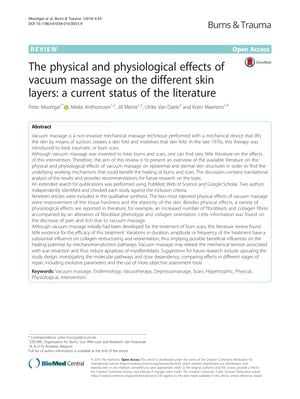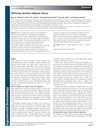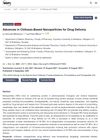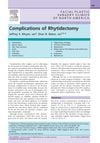The Physical and Physiological Effects of Vacuum Massage on Different Skin Layers: Current Literature Status
January 2016
in “
Burns & Trauma
”

TLDR Vacuum massage may improve skin elasticity and induce changes in skin cells, but evidence for treating burn scars is insufficient and more research is needed.
In the 2016 review by Moortgat et al., the effects of vacuum massage on skin layers were examined across 19 articles, with a total of 1002 patients, although many studies included fewer than 20 participants. The technique, which involves lifting and mobilizing skin through suction, was found to improve tissue hardness and skin elasticity and to induce physiological changes such as increased fibroblasts and collagen fibers, altered fibroblast phenotype, and collagen orientation. Despite these findings, there was insufficient evidence to support the efficacy of vacuum massage in treating burn scars, and the studies often used subjective measurement methods. The review noted a high risk of bias in the studies and a lack of standardization in treatment parameters. It recommended future research to focus on larger-scale studies, molecular pathways, dose dependency, effects at different repair stages, and the use of more objective assessment tools. The review also suggested that the type of mechanical force applied might be more important than the intensity for remodeling the extracellular matrix and highlighted the need for further investigation into the molecular pathways involved in hypertrophic scarring and the potential similarities between the pathophysiology of cellulite and skin scarring.




